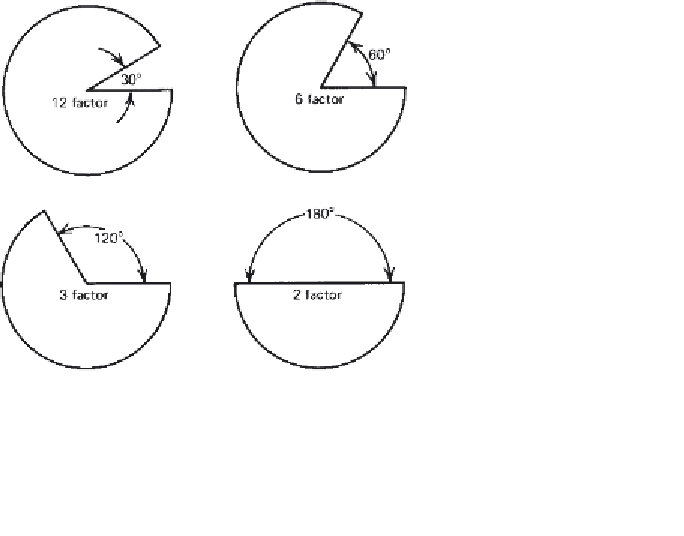Biomedical Engineering Reference
In-Depth Information
The type of film required depends on the lighting available. The ASA rat-
ing is a measure of the
speed
of the film; the higher the rating, the less light
is required to get the same exposure. 4-X reversal film with an ASA rating of
400 is a common type. Higher ASA ratings are also available and are good
for a qualitative assessment of movement, especially faster-moving sport-
ing events. However, the coarse grain of these higher ASA films introduces
inaccuracies in quantitative analyses.
The final factor that influences the lighting required is the shutter speed
of the camera. The higher the frame rate, the less time that is available to
expose film. Most high-speed cameras have rotating shutters that open once
per revolution for a period of time to expose a new frame of unexposed
film. The arc of the opening, as depicted in Figure 3.10, and the speed of
rotation of the shutter decide the exposure time. For example, at 60 frames
per second, using a 3 factor shutter, the exposure time is 1/180 s. The amount
of light entering will be the same as a normal (still) camera set to a speed
of 1/180 s.
To make the final settings, we use an exposure meter to measure the light
intensity on the human subject. For a given filming, the variables that are
preset are film ASA, shutter factor, and frame rate. The frame rate is set
low enough to capture the desired event but not so high as to require extra
lighting or result in film wastage. To understand the problem associated with
the selection of an optimal rate, the student is referred back to Section 2.2.4.2
on the sampling theorem. The final variable to decide is the
f
-stop. The light
meter gives an electrical meter reading proportional to the light intensity,
such that when the film ASA and exposure time are set, the correct
f
-stop
Figure 3.10
Various-factor shutters used in movie cameras. Film is exposed during
the opening arc and is advanced while the shutter in closed.










Search WWH ::

Custom Search